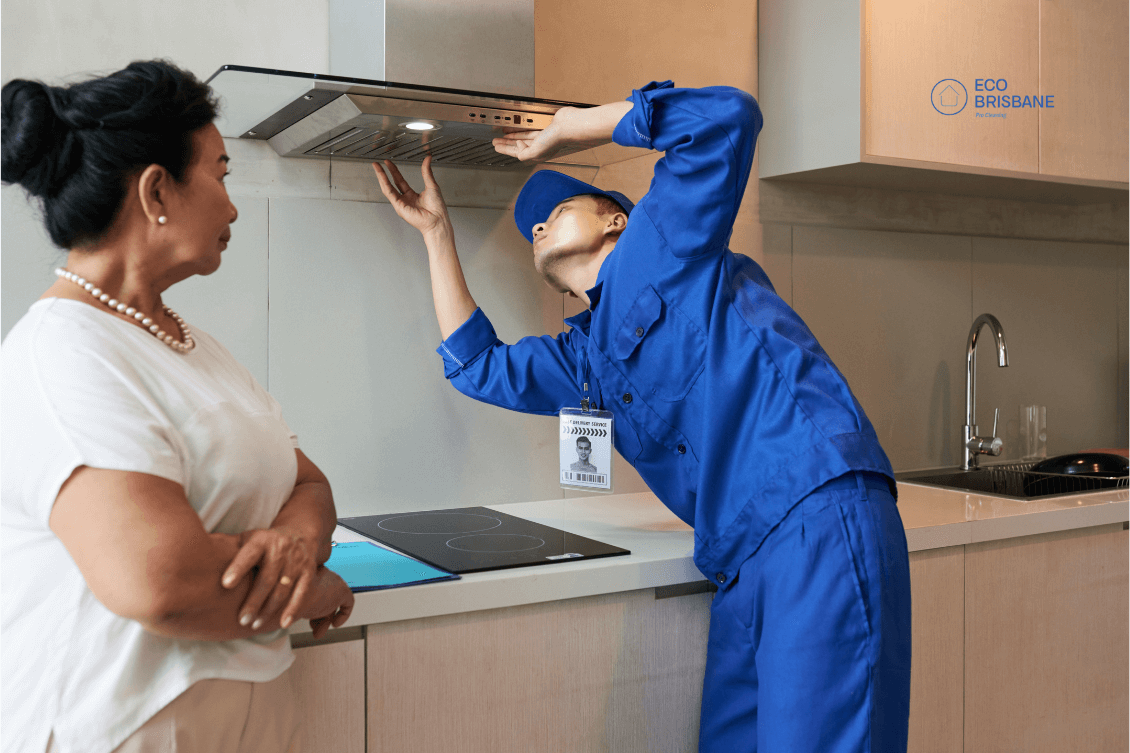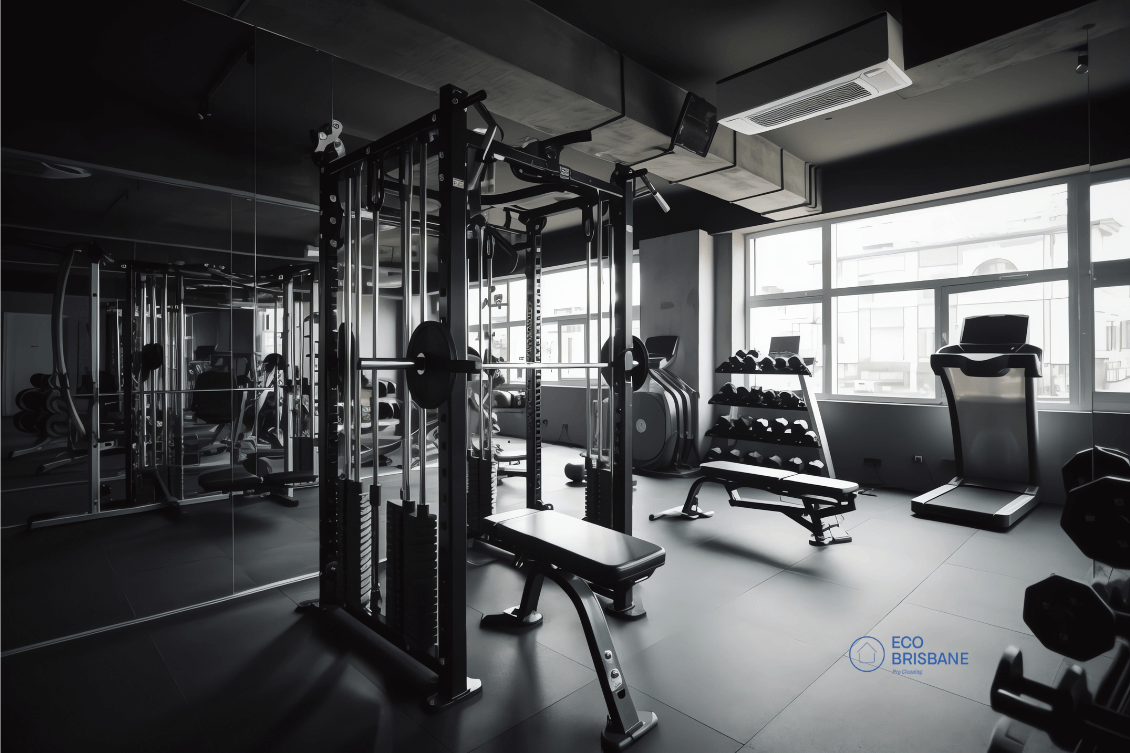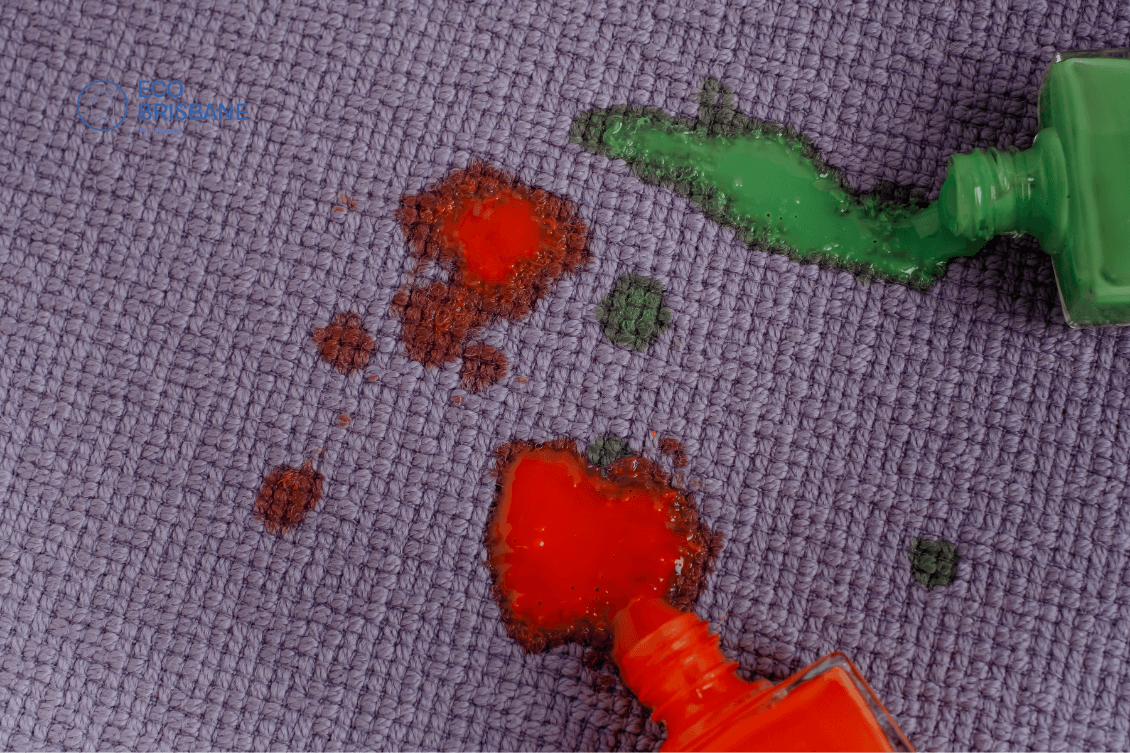Keeping walls and hard surfaces clean in your home can seem like an endless chore. From removing grime in the kitchen to wiping away cobwebs in the corners, it takes regular maintenance to keep these areas looking their best. Follow these top tips to make cleaning walls and hard surfaces in your home more manageable.
Table of Contents
Use the Right Cleaning Tools
Having the proper cleaning tools on hand makes the job much easier. Equip yourself with the following:
- Microfiber cloths – The microfibers grab and hold dirt and grease easily. Dampen the cloth for cleaning.
- Soft-bristle scrub brushes – For scrubbing textured walls or grout lines. Look for ones with long handles for hard to reach spots.
- Vacuum cleaner – Use the brush attachment to vacuum cobwebs and loose dust from walls before wiping them down.
- Extendable duster – Great for reaching high corners and ceiling edges.
- Spray bottles – For dispensing your cleaning solution onto surfaces. Avoid using abrasive cleaning pads or scouring sponges as they can damage surfaces.
Know Your Surfaces
Not all surfaces can be cleaned the same way. Check the material before getting started:
- Painted drywall – Clean gently with a damp microfiber cloth and mild detergent. Avoid abrasives.
- Tile – Scrub with a soft brush and tile cleaner. Rinse and dry completely.
- Wood panels – Wipe down with a slightly damp cloth and wood cleaning polish. Never saturate wood.
- Wallpaper – Use a delicate touch and avoid too much moisture which can loosen glue.
- Concrete and brick – Scrub with a stiff brush and brighter like baking soda. Rinse thoroughly.
- Glass and mirrors – Clean with a glass cleaner or mix of vinegar and water. Polish dry with a lint-free cloth.
Dust First
Before washing walls, it’s smart to dust them first. This removes any loose dirt and debris that can turn into streaks when wiping with a wet cloth. Use a microfiber duster or vacuum attachment to gently dust from top to bottom. This also lets you spot treat any sticky spots before overall cleaning.
Wash From Top to Bottom
When it’s time to wash the walls, go in sections from top to bottom. This stops dirty drips from streaking already cleaned lower areas. Apply your cleaning solution to the microfiber cloth instead of directly spraying the wall, unless it’s a scrub-able surface like tile.
Rinse the cloth frequently as you work to keep it from getting too dirty. Change the wash water often so you are not just moving dirt around. Work in the direction of the grain on textured or wood walls to prevent catching on any raised areas.
Use Mild Cleaners
Specialised wall cleaners are available, but mild dish soap diluted in warm water works for most painted and finished walls. Avoid anything too abrasive or alkaline on finer surfaces.
Try mixing in eco-friendly ingredients like baking soda or vinegar for extra cleaning power on tile, concrete, or other sturdy materials. Rinse surfaces well after cleaning.
Target Common Problem Areas
Pay special attention to a few typical trouble spots when washing walls:
- Near ceiling edges where dust accumulates
- Around lighting fixtures which attract bugs
- Behind doors which rub against the wall
- Around door knobs where hands touch
- Near sinks and appliances where food splatters
- Along baseboards and floors where vacuums can’t reach
Check for scuffs or stains in these areas as you clean. Spot treat them individually to get rid of marks.
Clean Switch Plates and Outlets
Don’t forget to give light switch covers, electrical outlet plates, and vent covers a good wipe down when you clean the surrounding walls. These collect dirt and germs easily. Pop them off and wash in soapy water if needed.
Dry Quickly
It’s important to dry walls fully after washing them. Lingering moisture can damage drywall and lead to mold in humid environments. Wipe up drips right away and use a squeegee on smooth surfaces.
Open windows to ventilate and speed drying time if needed. Use a ceiling fan on slow speed pointed up at the wall or a portable fan to circulate air.
Tackle Tough Stains
For difficult stains and marks on washable walls, break out the big guns. Make a baking soda and water paste and use a soft-bristle brush to scrub. Let it sit for a few minutes before rinsing.
For grease splatters, spray with de-greaser and let soak in before scrubbing and rinsing. Be patient treating stains to avoid overly abrasive scrubbing which can damage the wall.
Clean Surfaces Regularly
Stay on top of built-up grime by washing walls, cabinets, and hard surfaces every 1-2 months. Quickly wipe up any food splatters or dirt right when it happens.
Do a thorough seasonal deep cleaning for your walls each spring and fall. Establish a routine to make the process fast and hassle-free.
Keeping walls clean not only makes your home look better but also removes allergens and improves indoor air quality. With the right tools and techniques, you can tackle washing walls and hard surfaces confidently. Contact Eco Cleaning Brisbane for professional cleaning services in the Brisbane area to keep your home looking its best.
FAQs About Cleaning Walls and Hard Surfaces
✓How do you clean textured walls?
Gently go over textured walls with a soft brush and mild detergent, scrubbing lightly to dislodge dirt from the grooves. Avoid using too much pressure, which can damage the wall texture.
✓What is the best way to clean concrete walls?
Mix together warm water, baking soda, and dish soap in a bucket. Use a stiff scrub brush to work the solution into concrete walls in a circular motion. Let sit briefly before rinsing thoroughly with clean water.
✓How can I get grease stains off kitchen walls?
Apply a degreasing cleaner like diluted vinegar directly onto the grease spot and let it soak for 5-10 minutes. Scrub with a soft cloth or brush and the stains should wipe away easily. Rinse well.
✓What is the safest way to clean wallpaper?
Use a microfiber cloth lightly dampened with clean water. Wipe gently in one direction without applying too much pressure. Avoid excess moisture that could loosen wallpaper glue. Check a small spot first before cleaning the whole wall.





